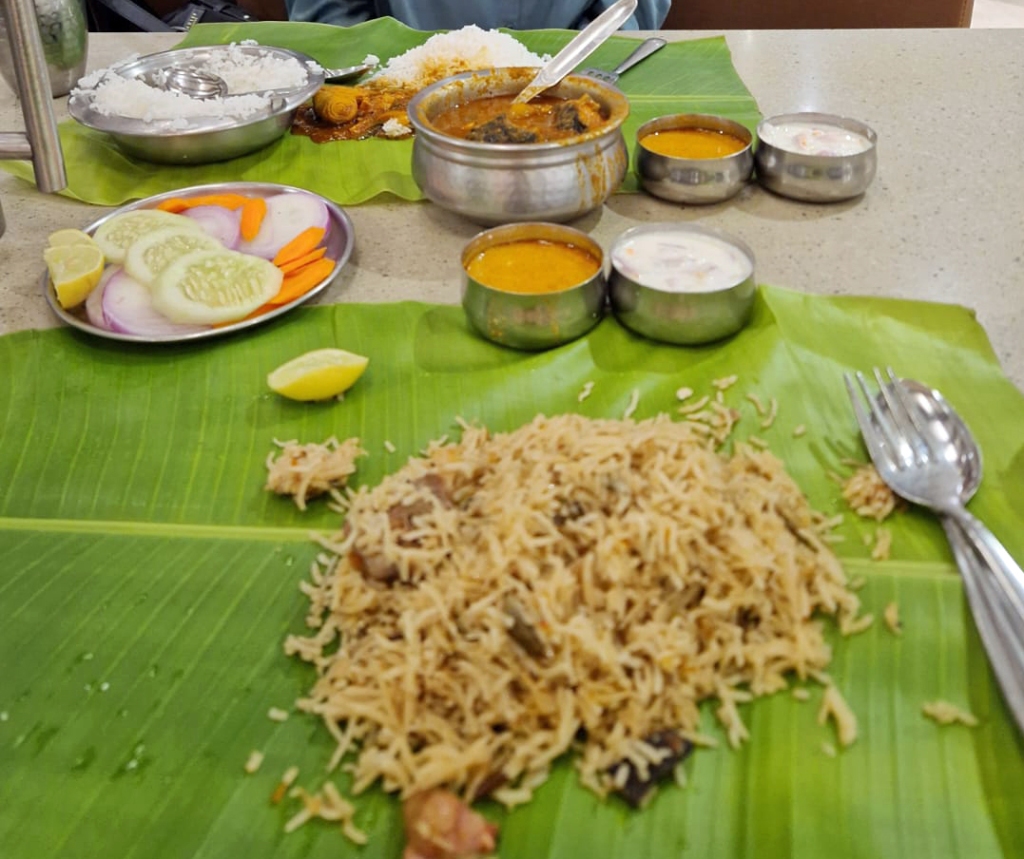Bengaluru market
I have been globetrotting again, travelling first to Bangkok (which I’ve visited before) and then on to Bengaluru (also known as Bangalore, by Indians as well as Europeans – I think it’s a bit like the Welsh acknowledging ‘Wales’ as well as ‘Cymru’). As readers of this blog will know, I have been to Delhi several times, but this was my first visit to Southern India.
There were many highlights – Tipu Sultan’s palace, a trip to an extraordinary bookshop, Cubban Park, dinner in a traditional Karnatakan restaurant where the food is served on banana leaves (and usually eaten with the hands, though the proprietor took pity on us and offered cutlery)

– but for me the most outstanding experience of all was the morning I spent in Bengaluru’s traditional market.
The market is vast and, unlike the ones in Delhi, situated in a huge open area accessed only by unmetalled lanes and tracks. For this reason alone, it is an immense privilege to be there – it is probably one of the last big-city Indian markets not to be ‘sanitised’ with proper roads and walkways.
This in itself brings challenges as well as delights: the market heaves with a vast throng of the world’s most energetic humanity: boys pushing massive metal carts top-heavy with goods, vans and cars continually nosing their way through the masses, dozens of scooters and rickshaws everywhere and no traffic rules, either informal or official. And not a policeman or another European – except my companion – in sight. One woman, hurrying past, smiled at us and said, “It’s brave of you to come here!”
We took as much care as we could not to get crushed, bringing a whole new dimension to the expression ‘watch your back’! But as an adventure it was exhilarating: the range of colours and smells, the carefully-presented vegetables set out in baskets, the cries of the vendors, the fierce yet friendly haggling, even the single public toilet – one shaft each for males and females – entrance fee five rupees (or around five pence).


The highlight of highlights was the spice stall, to which we were directed by a teenage girl accompanying her mother who understood enough English to know what we were asking.

Spices are expensive in India, even for Indians (I have no doubt that Europeans, even if they haggle, always pay a premium) so this place was a cut above. As well as the open stall set out on the walkway, it also boasted a permanent shop in a sort of warehouse building – a long, dark room going back deep into the recesses of the structure. Customers were only allowed into the very front of this, to enable them to haggle with the two young men running the stall. At frequent intervals, they consulted the elderly lady – clearly the grande dame of the establishment – who sat opposite the scales at the entrance. If she said a proposed price was acceptable, it was accepted; if she didn’t like it, it was tough on the customer: her word was law. I bought a kilo of Karnatakan curry mix, which one of the young men put together by mixing handfuls of spices, dried leaves, chillis and aromatic tree barks from the baskets outside. I once bought a similar curry mix in Delhi, but it had already been made up – I didn’t have the joy of seeing it being concocted.
Second only to the magic of the spice stall was our visit to a no-frills kitchenware shop that clung to the edge of the market – ‘clung’ being the operative word, as the building had suffered from subsidence and there was a sizeable gap between the entrance and the edge of the track, which had to be leapt over. Inside, the stockholding was massive and must have catered for the restaurant trade as well as ordinary households. The were piles of huge metal dishes, skillets, giant spoons, frying pans and wok-like implements, as well as a few items made from plastic. What we were looking for, however, were some of the exquisite beaten copper bowls that are used to serve curry sauces in Southern India. This shop had some beautiful ones, all locked away in high cupboards that abutted the ceiling. The assistants – again, two young men – had to climb up the shelves and hang on with one hand to bring them down to floor level (no kick-stools in evidence and certainly not even a nod to health and safety at work). The bowls I bought are particularly fine and lined with steel.

Like the spice sellers’ stall, this shop was presided over by an elder, this time a man in late middle age who sat behind the counter and adjudicated as the haggling went on. The copper items are sold by weight and – unusually for India – the set of prices for each weight and combination of weights was posted on the wall. It was therefore possible to see that we obtained a genuine discount for buying the whole set – and the older man courteously allowed us to negotiate a bit more off the regulated price. (Looking back, I rather approve this custom of deferring to one’s elders. I’d stand to gain quite a lot from it if it operated in the UK. As it is, I have instead to contend on a daily basis with the irreverent youth of my family.)
I’ve been back home for more than a week now and was about to write that my memories of Bengaluru have already acquired a dream-like quality. However, it would not be strictly true: if I close my eyes I can see the market again in all its vivid bustle. It’s too bright – and too noisy – to qualify as a dream.



